Sustained exposure to low-dose ionising radiation is linked to a higher risk of mortality from solid cancers than previously estimated, a new analysis of the International Nuclear Workers Study (Inworks) has found. The researchers say the findings should inform radiation protection standards, which are currently based on studies of acutely exposed people, such as survivors of the atomic blasts in Hiroshima and Nagasaki, Japan.
Inworks was undertaken to provide a large-scale international assessment of mortality risks from protracted exposure to low-dose ionising radiation, typically encountered by nuclear workers.
This analysis, led by occupational health expert David Richardson from the University of California, US, included over 300,000 nuclear workers from France, UK and US who were followed between 1944 and 2016 until they were nearly 70 years old. Exposure to ionising radiation was monitored using individual radiation dosimeters.
During the study there were 103,553 deaths, of which 28,089 were due to solid cancers. The researchers then used this information to calculate the relative risk of death from solid cancers based on the workers’ exposure to radiation.
They estimated that the rate of mortality due to solid cancer increased with cumulative dose by 52% per gray (1Gy = 1J/kg of absorbed radiation energy).
When the researchers restricted the analysis to the lowest cumulative doses of radiation (0–100mGy) they found that the slope of the dose–response association – the risk per Gy – approximately doubled, suggesting that even for workers exposed to lower doses of ionising radiation there is still an association between exposure and cancer.
The risk per Gy also increased in workers hired in the more recent years of operations when estimates of occupational external penetrating radiation dose were recorded more accurately.
‘The rate of solid cancer mortality increased with radiation dose; and we summarised this association by noting that the rate of solid cancer mortality increased by about 5% per 100mGy,’ Richardson explains.
‘There are important concerns regarding health impacts of low dose and lower dose rate exposures typically experienced in contemporary occupational settings. Our findings draw together some of the most informative cohorts of nuclear workers in the world to help address those concerns empirically,’ he adds.
‘Such assessments are one important part of the considerations that go into discussions about any update of the system of radiological protection.’
Double a small risk is still a small risk
Amy Berrington, an expert in clinical cancer epidemiology at the Institute of Cancer Research in London, said the findings supported the existence of cancer risks from low-dose ionising radiation but highlighted that the absolute risk of cancer was ‘still very small’.
‘Double a small risk is still a small risk,’ she explained. ‘For example, for every 1000 people exposed to 100mSv of ionising radiation – with most nuclear workers currently being exposed to less than 10mSv – there could be 10 extra cancer deaths rather than 5 extra cancer deaths, on top of over 200 expected cancer deaths that will occur due to other causes.’
A spokesperson for the International Commission on Radiological Protection (ICRP) told Chemistry World it was aware of the study and the new information on excess relative risk of cancer mortality related to exposure to ionising radiation.
‘Studies like this help improve our understanding of the health impacts of exposure to ionising radiation, an essential element of the system of radiological protection developed by ICRP that informs radiological protection standards, legislation, and practice world-wide.
‘ICRP will consider how this new study shapes the overall understanding in the context of the broader existing scientific literature, and reflect this in our work.’
References
D Richardson et al, BMJ, 2023, DOI: 10.1136/bmj-2022-074520


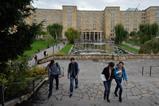
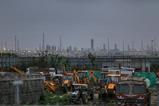


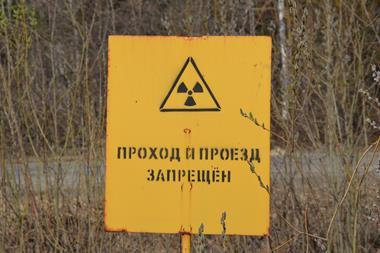
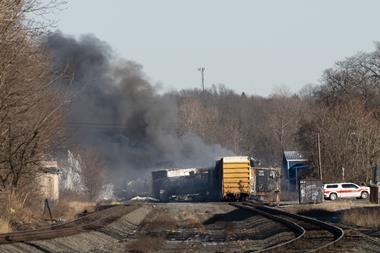
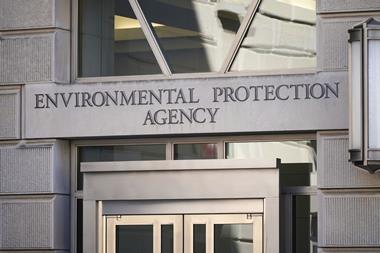
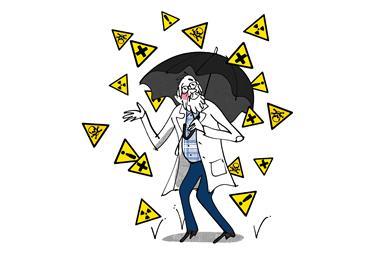







No comments yet